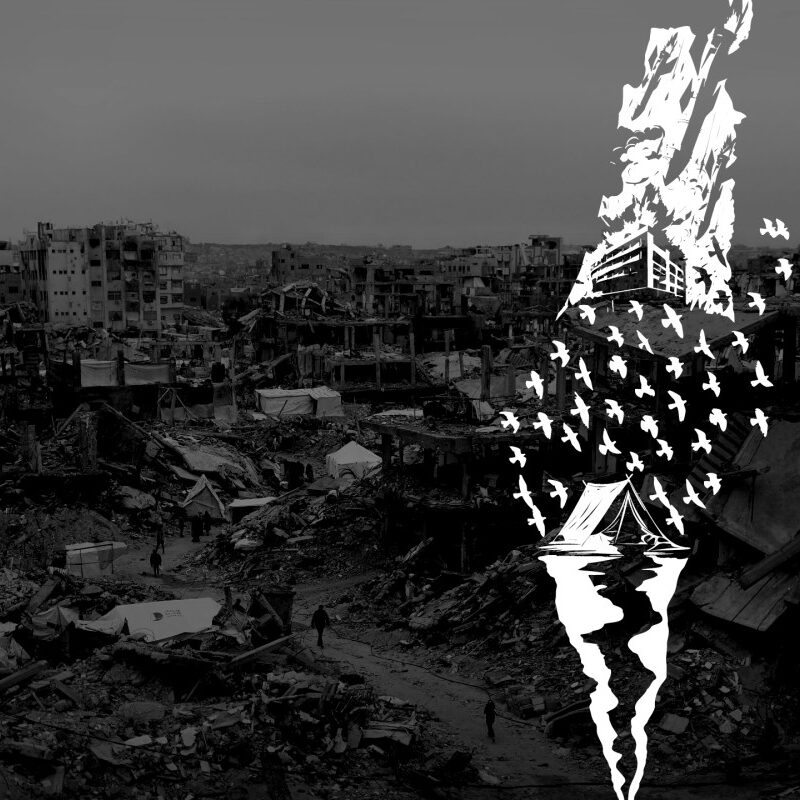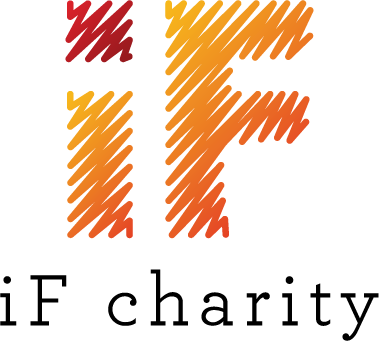The Nakba (1948)
Over 750,000 people are forced to flee their homes after the UN partition of Mandate Palestine.
500 towns are destroyed and wiped from the map.
Refugees arrive in Gaza, which is administered by the Egyptian Authorities.
The Naksa (1967)
A further 300,000 Palestinians are forced to flee from their homes and become refugees.
Gaza falls under Israeli Occupation.
Fourth Arab-Israeli War / Yom Kippur War (1973)
The conflict took place mostly in the Sinai and the Golan Heights.
The war impacted the power dynamics of the region and led to a peace settlement between Israel and Egypt that has had a huge impact on the people of Gaza over the years.
The First Intifada (1987)
Intifada translates to ‘shrugging off’ and after two decades of brutal occupation, a grassroots mass uprising took place in the occupied Palestinian territories.
The protests started in Gaza.
At the time over 600,000 Palestinians were crowded into 60% of the Gaza Strip and the rest of the more fertile land was controlled by 2,000 armed Israeli settlers and the Israeli military.
Between 1987 and 1991, protests were violently suppressed, thousands of people were injured and detained and killed.
The Intifada brought global attention to the occupation of Palestine.
The Oslo Accords (1993)
The Oslo Accords were signed after negotiations between the Israelis and the Palestinian Liberation Organisation. Many other states were involved as brokers including the USA.
The Accords agreed to self-rule in Gaza by 2000 and Israeli withdrawal from other parts of the West Bank.
The Accords were derailed almost immediately and are seen as a failed agreement that greatly disadvantaged Palestinians.
The Second Intifada (2000)
After the failure of the Oslo Accords and ongoing settler and military violence, another mass uprising began.
The people of Gaza were subjected to increased restrictions, arrests and violence from the Israeli military.
The rise of armed factions, suicide bombings and settler violence made Gaza a daily battleground.
Israeli Disengagement from Gaza (2005)
The Israeli government unilaterally evicted its settlers and soldiers from the Gaza Strip.
Whilst many settlers were reluctant to leave and resisted they were all eventually moved to settlements in the West Bank.
Gaza was now free of Israeli control and restrictions but Israel was still in control of the ‘border’ and checkpoints existed for those wishing to leave and enter the Gaza Strip.
The Election of Hamas and the Siege of Gaza (2006 – 2007)
In 2006, after fair and internationally monitored elections, Hamas, won power in Gaza. Hamas are internationally designated as a ‘terrorist organisation’.
This led to increased tensions with the Israelis and they strengthened their control over Gaza’s land, sea and airspace.
Since 2007, Gaza has been under siege with Israel having total control over the movement of people and goods in and out of Gaza.
The siege has decimated Gaza’s economy and caused a shortage of vital medicines, goods and materials and employment opportunities.
Operation ‘Cast Lead’ in Gaza (2008 – 2009)
In 2008, Israel carried out a three-week military assault on the Gaza Strip which killed 1,400 people, including 300 children. More than 5,000 people were left injured. In 2009, it was made public that the Israeli military used white phosphorus on the population during the assault.
Thousands of homes were destroyed during the assault.
Operation ‘Pillar of Defense’ (2012)
In 2012, a devastating Israeli military attack on the Gaza Strip left over 150 people dead, 30 of which were children.
In just one week, 124 houses were destroyed and a further 2,050 damaged. Many places of worship, schools, health institutions were also destroyed.
Operation ‘Protective Edge’ in Gaza (2014)
In 2014, Israel launched a largescale assault on the Gaza Strip. “Operation Protective Edge” killed more than 2,100 Palestinians, including 571 children. The assault also left 11,200 Palestinians injured, of which approximately 3000 were children.
Approximately half a million people in Gaza were displaced as a result of the bombardment.
The Great March of Return (2018 - 2019)
The “Great March of Return” protests began in the Gaza Strip in 2018. The weekly demonstrations by thousands of Palestinians called for an end to ongoing siege and the return of refugees to Palestine.
Over 250 demonstrators were killed and over 30,000 more injured by Israeli forces since the protests began.
The Covid 19 Pandemic (2020)
The Covid-19 Pandemic has pushed Gaza’s healthcare system close to collapse. With limited ICU capacity and a shortage of essential medicines, hospitals and health clinics were under immense pressure to cope with the surging cases.
Death rates increased in 2021 and living conditions continued to deteriorate – before the pandemic began, 80% of the population were already facing poverty. The Covid-19 Crisis worsened an already dire humanitarian situation for the people of Gaza.
Displacement & Genocide (2023 - 2025)
Between 2023 and 2025, Israel’s military actions in Gaza have resulted in a humanitarian crisis of unprecedented scale, drawing parallels to the 1948 Nakba. By early 2025, over 52,000 Palestinians, predominantly civilians, had been killed. Notably, on March 18, 2025, Israel conducted a surprise attack during Ramadan, resulting in over 400 Palestinian deaths, including 263 women and children, effectively ending a ceasefire agreement.
By January 2025, 70–80% of buildings in northern Gaza were damaged or destroyed. Hospitals and healthcare facilities were repeatedly targeted; over 1,050 healthcare workers were killed, and only 17 of 36 hospitals remained partially functional. The blockade imposed by Israel led to severe shortages of food, medicine, and essentials.
By late 2023, Gaza faced an impending famine, with reports of widespread hunger and malnutrition. Displacement has been massive; by December 2024, over 1.9 million Palestinians—approximately 85% of Gaza’s population—were internally displaced. Many were forced into overcrowded shelters with inadequate access to basic necessities.
The mass displacement, destruction of homes, and targeting of civilians echo the experiences of 1948. The systematic nature of the military operations and the resulting humanitarian crisis amounts to modern-day ethnic cleansing and a genocide broadcasted live on our screens and social media.




![A clay and wood stove seen in use by a family in Gaza to cook their meals [IF Charity]](https://i0.wp.com/www.ifcharity.org.uk/wp-content/uploads/2025/04/202504_Gaza-11.jpg?resize=600%2C600&quality=90&strip=all&ssl=1)
![IF Charity staff distribute food vouchers for families in southern Gaza during March 2025, allowing families to choose the products they need with dignity [IF Charity]](https://i0.wp.com/www.ifcharity.org.uk/wp-content/uploads/2025/04/202503-Gaza-10.jpg?resize=600%2C600&quality=90&strip=all&ssl=1)



